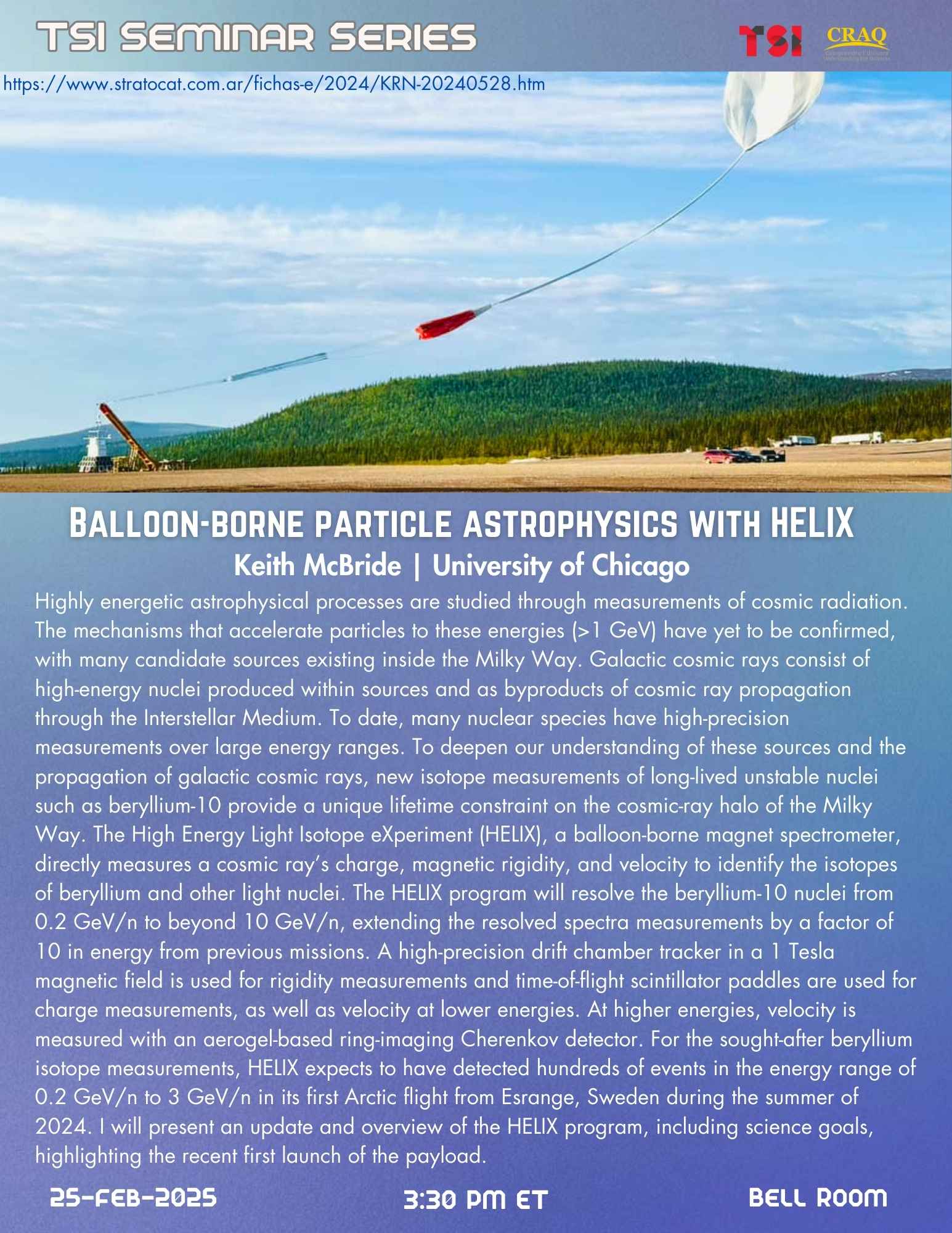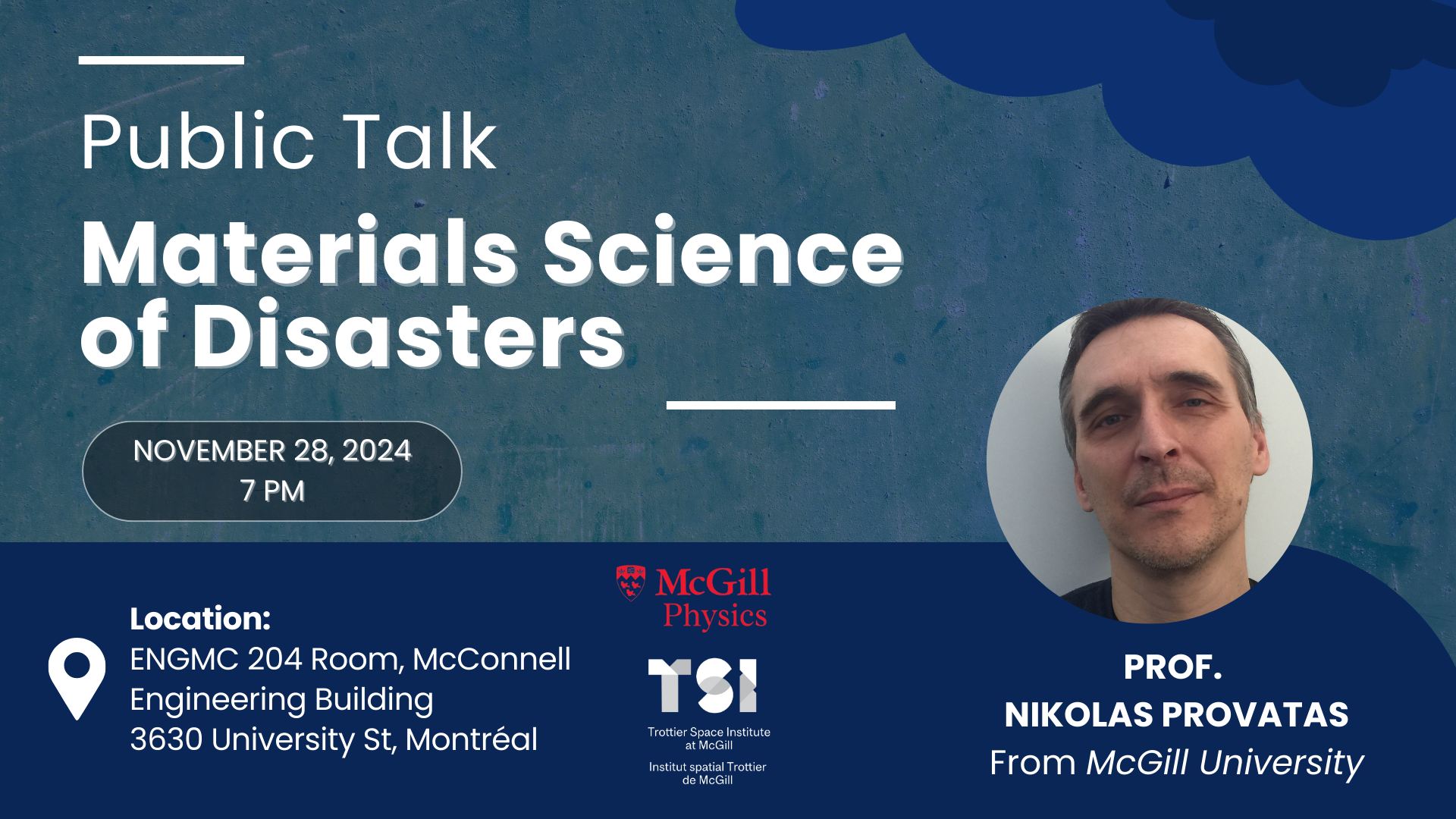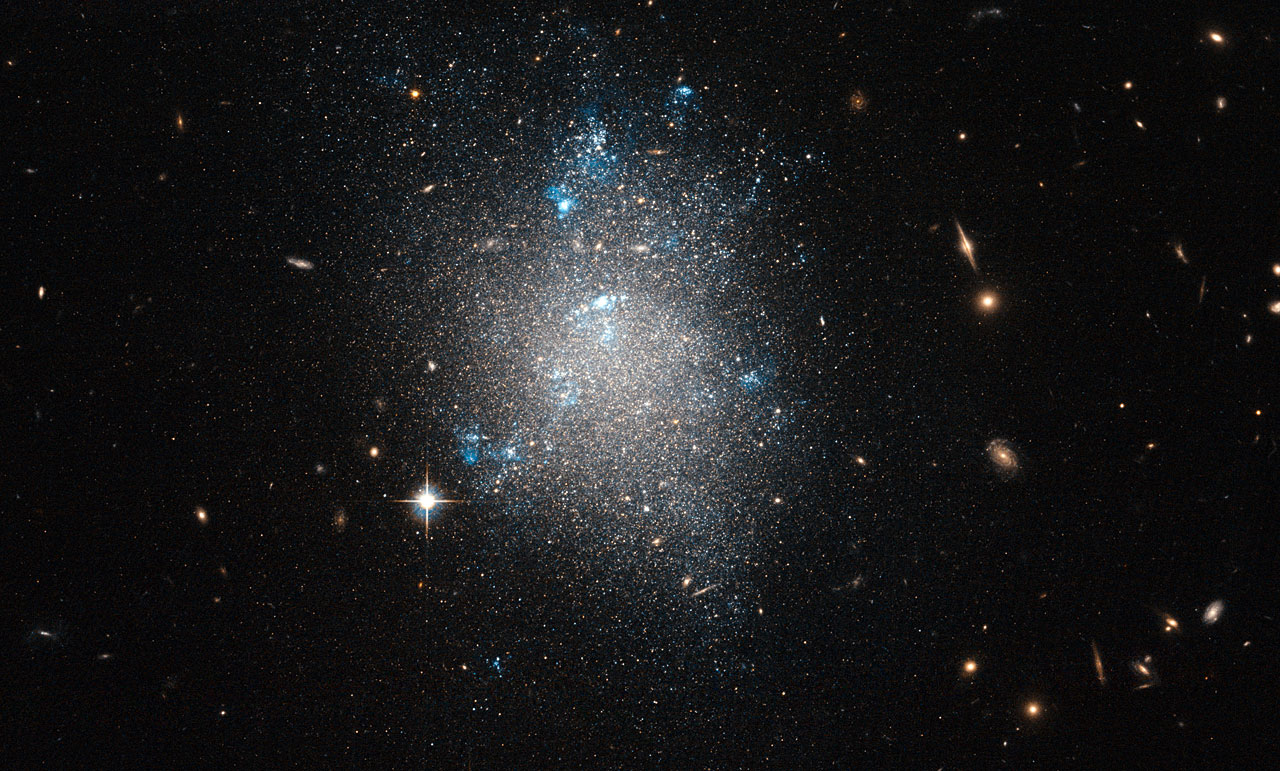Reality Check: The Perils and Promise of Observations to Characterize Small Exoplanets
Johanna Teske
(Carnegie Institute for Science)
Apr 2, 2024 3:30 PM
Seminar Event
Title: Reality Check: The Perils and Promise of Observations to Characterize Small Exoplanets
Abstract:
The last decade of exoplanet exploration revealed a population of 1-3 Rearth short period planets that seem to bridge the gap between giants and terrestrials in our own Solar System. These planets seem to be the most common outcome of planet formation (within <100 d periods) in the Galaxy, a remarkable finding given the Solar System lacks this type of planet. The bulk properties of these ""super-Earths"" and ""sub-Neptunes"" imply diminishingly thin envelopes, ranging from predominantly primordial atmospheres to secondary atmospheres outgassed over time to perhaps no atmospheres at all. How do these planets form, what are they made of, how closely (or not) do they resemble Solar System planets? In this talk I will discuss how the community is addressing these questions, including the challenges and opportunities of several different observational avenues. I will also highlight a two-part ""concentric"" survey I am co-leading using JWST and Magellan to measure small planet compositions in a statistically robust framework. Such population studies -- and importantly, how we construct time -- will help hone in on where we should focus future efforts as we move deeper into the era of exoplanet characterization and towards uncovering Earth-like conditions on other worlds.




































